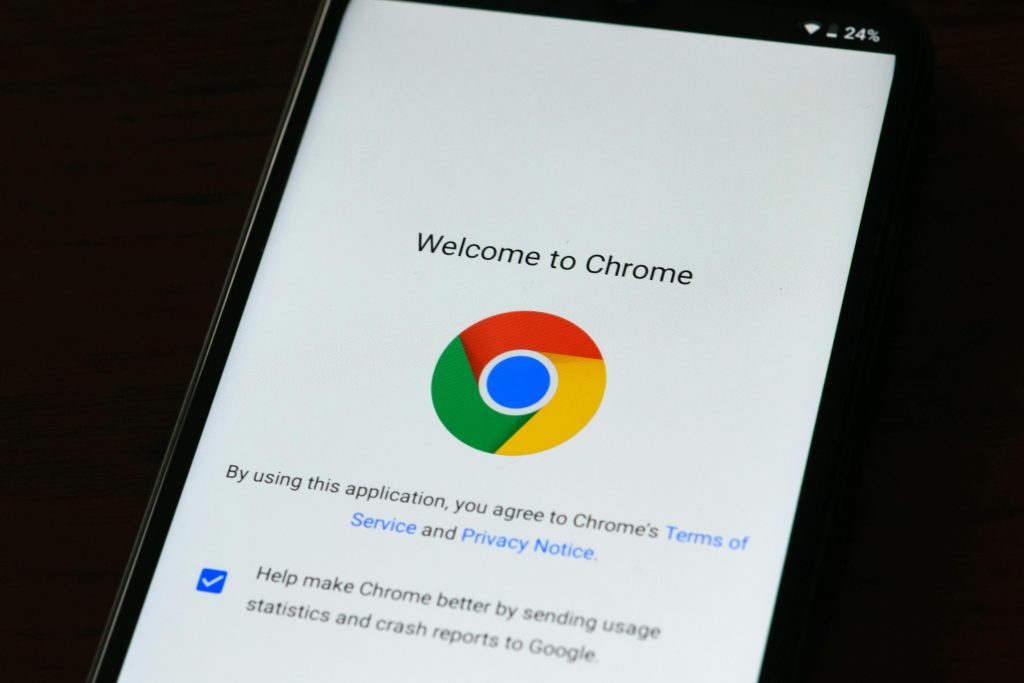Navigating Legal Challenges in Cybersecurity: A Personal Journey
For the past five years, I have dedicated myself to developing an innovative cybersecurity tool designed to track data leaks across various platforms, including some lesser-known areas of the internet like the Dark Web, forums, and messaging channels. My goal has been to provide comprehensive coverage, identifying millions of compromised records that often go unnoticed by mainstream services. Through extensive analysis, I’ve discovered that my solution captures nearly 30% more leaked data compared to leading competitors in the industry.
However, my journey has taken an unexpected turn. I initially believed that approaching companies with evidence of their leaked data would facilitate easy conversations and lead to successful partnerships. Unfortunately, this has not been the case. Instead of engaging with my findings, some organizations have accused me of illegitimate access to their data and have even threatened legal action. It’s important to clarify that my reports are based solely on publicly accessible information, not illicit acts of hacking. Nonetheless, I can understand how encountering their data in the dark corners of the internet can be alarming.
Currently, I find myself at a pivotal juncture. I’ve created a tool that addresses serious cybersecurity issues, yet my approach to client engagement seems to yield more skepticism than support. I’m reaching out to the community for insights: How can I shift perceptions and position my work positively so that companies view me as a valuable ally rather than a potential adversary?
If anyone has faced similar hurdles in the cybersecurity landscape, I would greatly appreciate your advice on how to navigate these legal challenges and foster trust with potential clients. Your insights could be invaluable in helping me move forward in a constructive way. Thank you!
Share this content:




Understanding Legality and Best Practices in Cybersecurity Tools
Thank you for sharing your experience. Developing a cybersecurity tool that leverages publicly accessible data is inherently valuable, but it also comes with important legal and ethical considerations.
By aligning your practices with legal standards and proactively communicating your methodology, you can better